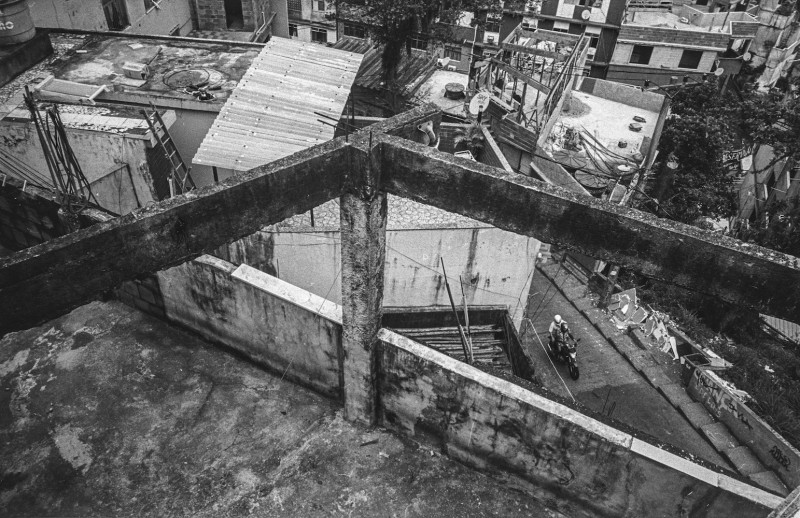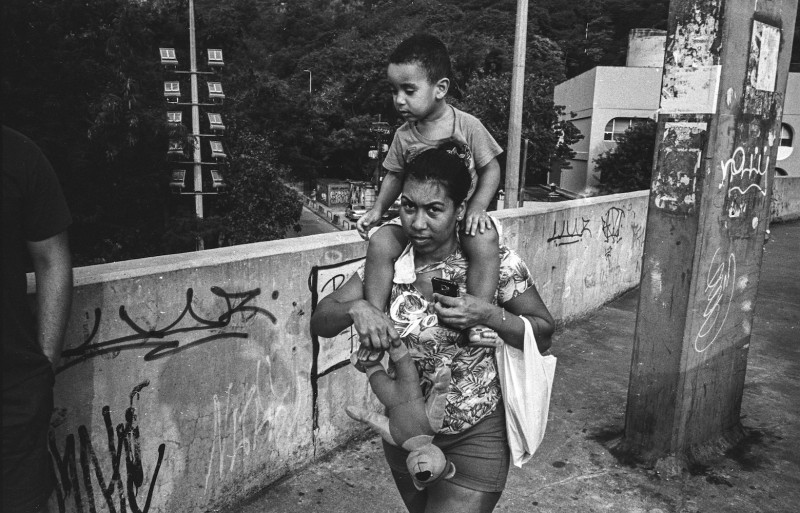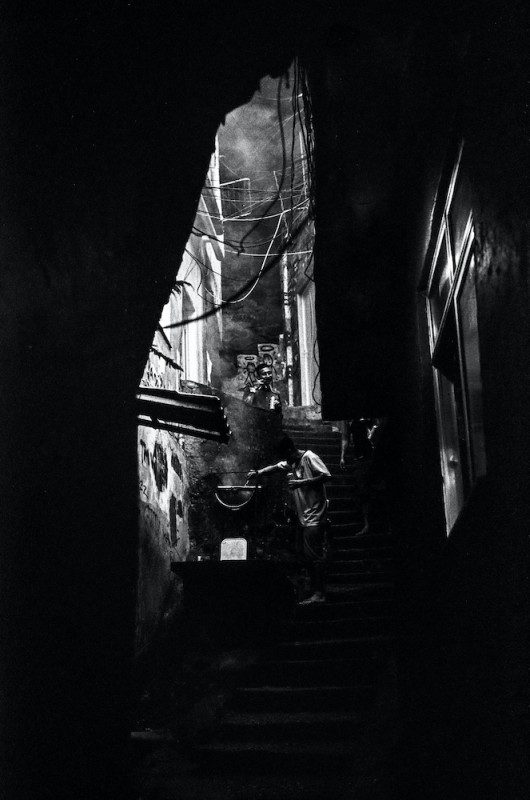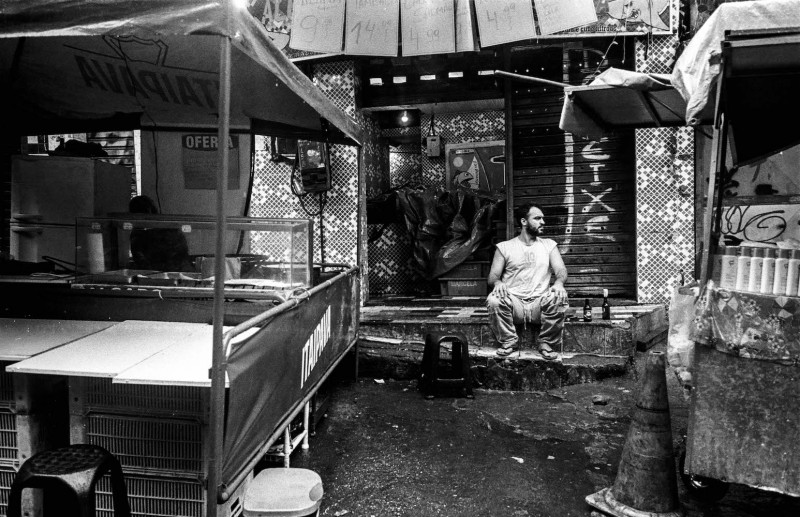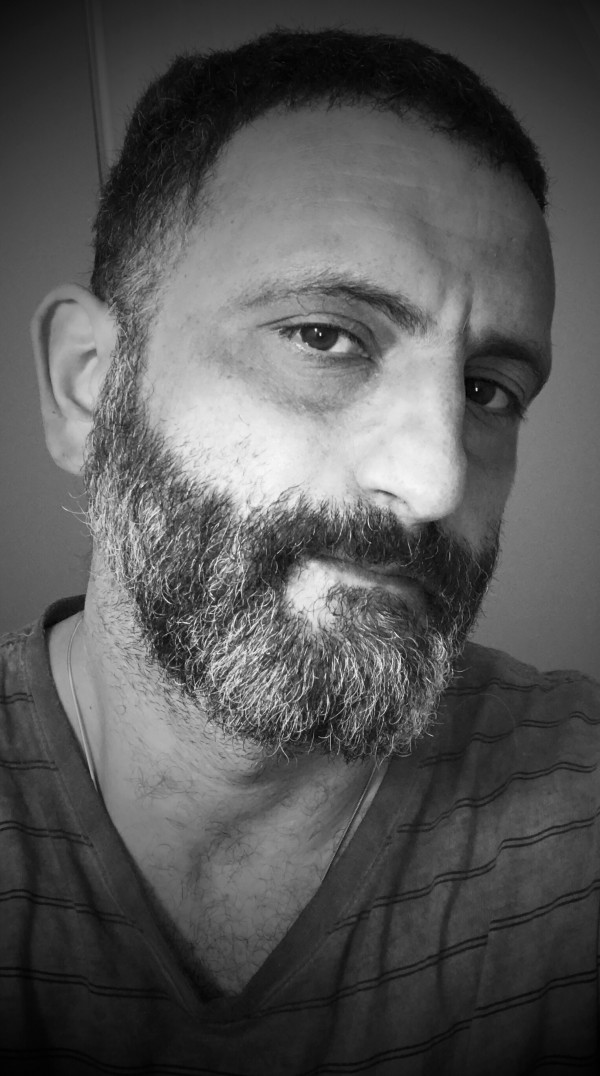Favela Rocinha
Favela Rocinha
Assaf Gavra
January 23, 2020
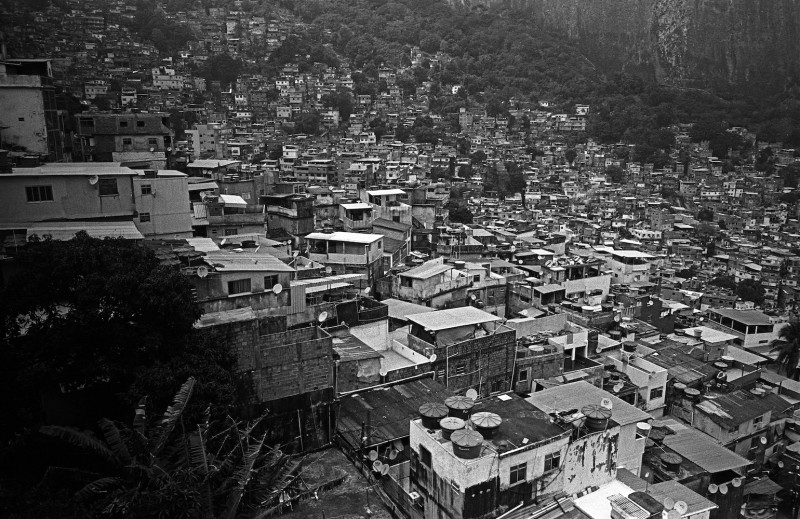
Assaf Gavra: I was on a business trip to Porto Alegre, Brazil, and had a few days off, which I spent in Rio de Janeiro. It was obvious to me that once I made it all the way there from Israel, I was not going to spend one minute in the most usual places. As a professional deep sea free diver, I always crave the extreme; so I chose to visit the favelas – specifically Rocinha, which may be the biggest favela in Rio. It's has a population of over 240,000, with only a third having official Brazilian citizenship. The area is saturated with drug lords and other criminals, as well as a very poor community. In total, I spent more than 24 hours photographing this favela over the course of 4 days, from morning till evening. I was accompanied by a private guide.
What drove you to portray this favela?
Besides loving to live on the edge, the many movies featuring the hard-knocks of favela society has hard-wired my mind with the aspiration to travel through this place and see as much of it as I could. Despite its roughness and toughness, there is a sweet spot of very soft and kind people, who just want to live in peace amid the constant fighting between the drug lords, police and the military. So I was very eager to see this side of society as well.
How would you describe the atmosphere in the district?
The atmosphere inside the favela is very fragile, just like the buildings. The deeper you go inside the inner rings, the higher the tensions between people rises: like living near an active volcano; you never know when it will blow, for how long, or what damage it will do. You see adults using radio communications to alert each other of odd activity. There are kids – yes kids! – with automatic rifles who patrol the drug-dealing zone, and are trained to shoot anyone who is suspected of being a member of the police. Cameras are simply not tolerated deep inside these areas. I felt very happy to be in the outer ring during the first hours of my time in the favela. However, the most amazing, unforgettable moments were in the inner rings. The photos burn inside my mind, and it was a serious risk to use my camera.
What do you want to convey to the viewer with your images?
My goal was to capture the beauty, variety of colours, and the conditions of those residing in the favela. The enormous density of the neighbourhoods and the poor infrastructure, are like towers made of cards which are built on top of each other. I wish I had more time and protection to explore the inner rings with my camera and document how life goes on there. Without photos, it's almost impossible to imagine the world in which they live.
How did you get into photography and specifically Leica photography?
I started taking photos as a free diving instructor. I needed to show my students how they were performing underwater to help them improve their technique. Then I started to use the camera more as a way to express emotions. I have a passion for wildlife photography, and have been well known in the field for many years. Capturing the world’s most beautiful animals in their native habitats, becoming one with them, is very good training for capturing the decisive moment in street photography. The skills are complimentary: you have to anticipate behaviour, try to be as invisible as possible, and be quick with framing and the technical aspects of exposure, etc. Street photography is very synergistic in this regard. I love being in crowded places taking candid photos with my Leica, which is an extremely stealthy, flexible and responsive tool. The Leica rangefinder suits me best for my street photography and makes best use of my skills. I have used both digital and analogue Leicas extensively. I am, however, drawn to the power and beauty of the aesthetics of analogue, and feel that my best days are ahead with this medium.
Assaf Gavra+-
The 44 year-old photographer describes his art as a journey of self-discovery and self-expression. His goal is not to be restricted to a single genre, but rather to identify with the success that brings out the beauty of a place/person and deliver it to the eyes – and therefore the heart – of the viewer. More

